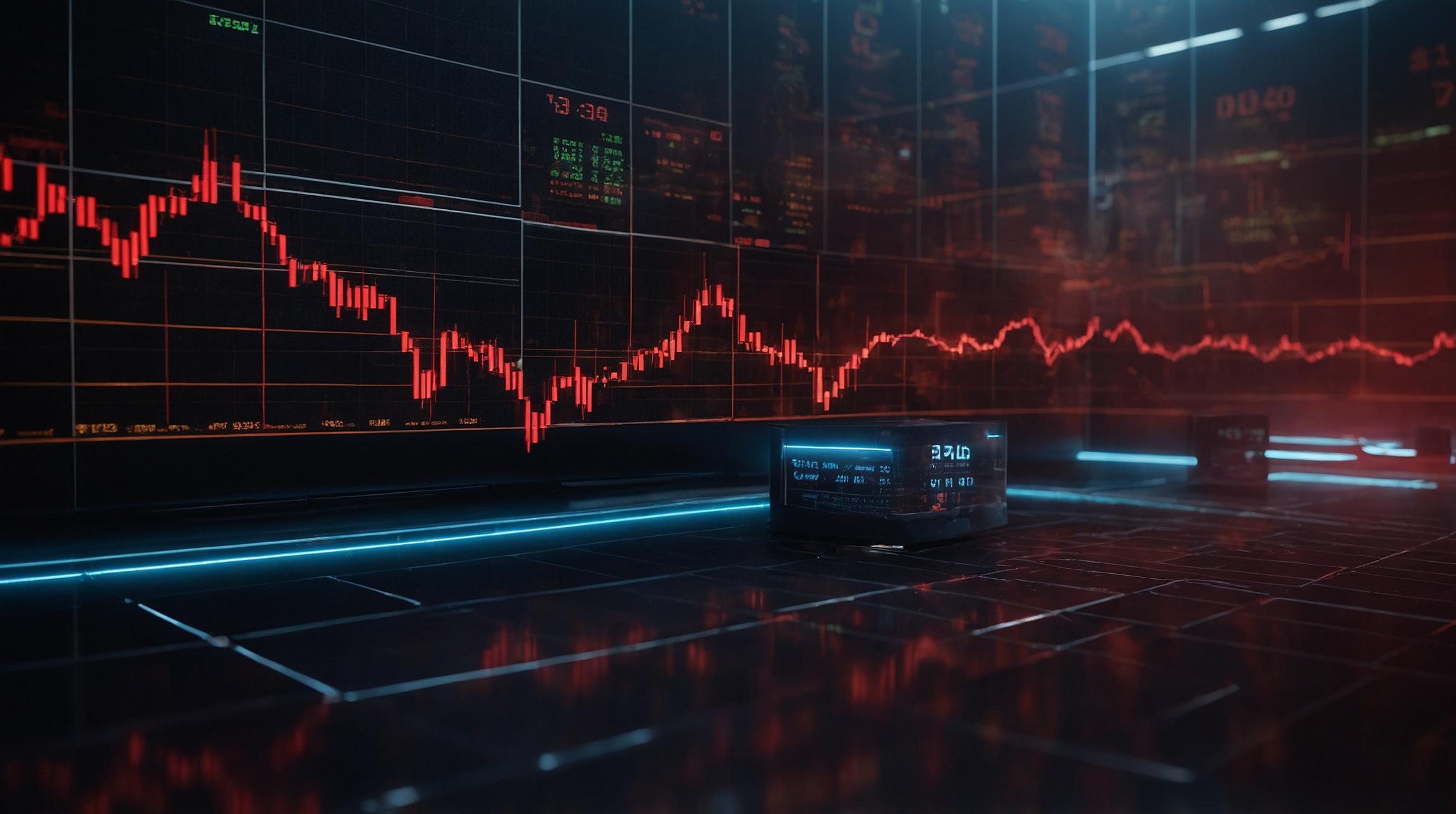Christie’s Restructures NFT Sales Amid Art Market Contraction
British auction powerhouse Christie’s is winding down its specialized non-fungible token (NFT) sales department, merging it with the broader 20th and 21st-century art division. This strategic realignment, confirmed by a Christie’s spokesperson and reported by Now Media, reflects the wider challenges facing the global art market.
Despite the closure of the dedicated NFT unit, Christie’s will continue to facilitate digital art transactions, including NFTs, within its expanded contemporary art category. The restructuring also involved layoffs, including the vice president of digital art, though at least one digital art specialist remains employed.
Context: Market Pressures and Shifting Business Models
Christie’s has been a prominent player in the NFT arena, famously auctioning Mike Winkelmann’s (Beeple) landmark digital artwork Everydays: The First 5000 Days for $69.3 million in 2021. The auction house also launched an NFT platform in 2022 and a crypto-exclusive real estate team in 2023, signaling strong initial support for Web3 initiatives.
However, the global art market has faced a downturn, with the Art Basel & UBS Art Market Report 2025 highlighting a 12% decline in global art sales to $57 billion in 2024. Auction house revenues from combined public and private sales fell by 20% to $23 billion. Digital art adviser Fanny Lakoubay linked Christie’s decision to this contraction, noting that the revenue from NFT sales may not justify a dedicated department.
“Auction houses can’t justify a whole department when it brings in less revenue than the others, even with some recent successful sales,” Lakoubay said. She suggested the secondary sales model prevalent in auctions is still premature for digital art and recommended focusing on primary market development to introduce traditional collectors to emerging digital artists.
Industry Perspectives on Christie’s Move
Benji, an NFT collector affiliated with the Doomed decentralized autonomous organization, argued that Christie’s decision is less about waning interest in digital art and more about an unsustainable business model. He criticized the high commission rates Christie’s charges compared to zero-commission online competitors.
“How can you charge 25-30% commission on something that does not need to be authenticated, stored, insured, or shipped, when your online competitors like Gondi charge zero commission for the exact same sale?” Benji remarked. He described Christie’s exit as a potential “Kodak moment,” implying a necessary business model evolution for auction houses in the digital era.
Current State of the NFT Market
The NFT market has experienced significant volatility over recent years. 2024 marked one of the worst years for trading volume and sales since 2020, driven by price fluctuations and market uncertainty. Yet, early 2025 has seen signs of recovery, with the sector’s market capitalization rising over 40% in August to $9.3 billion, fueled by gains in Ethereum-based collections and Ether prices.
While the market has cooled slightly in recent weeks, it remains relatively stable with a current capitalization near $6 billion. Major collections such as CryptoPunks, Bored Ape Yacht Club, and Pudgy Penguins have all recorded modest gains and sustained trading volumes.
Christie’s has yet to comment publicly on the restructuring.
FinOracleAI — Market View
Christie’s decision to fold its NFT sales into a broader art department signals a pragmatic response to current market headwinds and structural challenges in monetizing digital art through traditional auction models. While demand for NFTs remains resilient, the high commission fees and secondary sales focus may hinder profitability. Investors should watch how Christie’s and other auction houses adapt their strategies amid evolving digital art ecosystems and whether primary market innovations gain traction.
Impact: neutral













